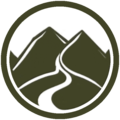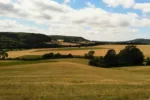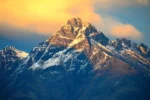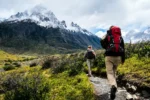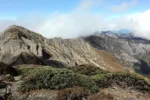Hiking, walking and trekking – What is the difference?
This post may contain affiliate links. This means that we may receive a small commission from purchases through those links. Read more in our affiliate disclosure.
Did you know that hiking and walking, often used interchangeably, can lead to vastly different health outcomes? It’s time to explore why!
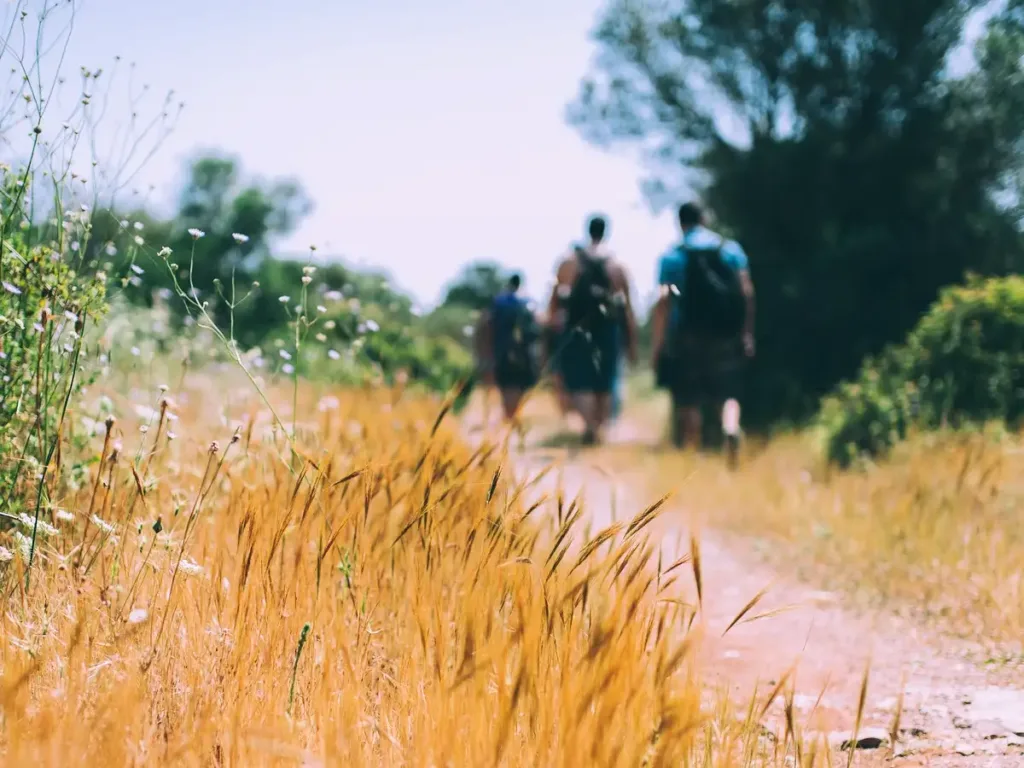
At a Glance: Hiking vs Walking vs Trekking
Walking, hiking, and trekking often cause confusion; here’s a clear breakdown.
Definitions
Walking: Walking is a basic activity involving short distances on smooth surfaces in urban or suburban settings.
Hiking: Hiking is a longer activity on rougher terrain with elevation gain, typically on natural trails.
Trekking: Trekking is a multi-day activity in remote areas, involving camping and carrying all necessary supplies.
Equipment
Walking: Walking requires minimal gear, such as comfortable shoes and a small daypack.
Hiking: Hiking requires proper footwear and a backpack with essentials like water, food, a first aid kit, and a trail map.
Trekking: Trekking requires comprehensive equipment, including sleeping bags, tents, cooking gear, and safety gear.
Terrain
Walking: Walking takes place on smooth, well-defined paths, often in urban settings or parks.
Hiking: Hiking involves natural, uneven trails in forests, mountains, or the countryside, with significant elevation changes.
Trekking: Trekking occurs on rugged, less-defined paths in remote areas, with big altitude changes and natural obstacles like rivers.
Duration
Walking: Walking is short and can easily fit into daily routines.
Hiking: Hiking lasts from a few hours to a full day.
Trekking: Trekking is a multi-day expedition involving living out of a backpack.
That’s the quick and breezy overview! Ready to dive deeper? Let’s explore what really makes each of these activities special. 🌲:)
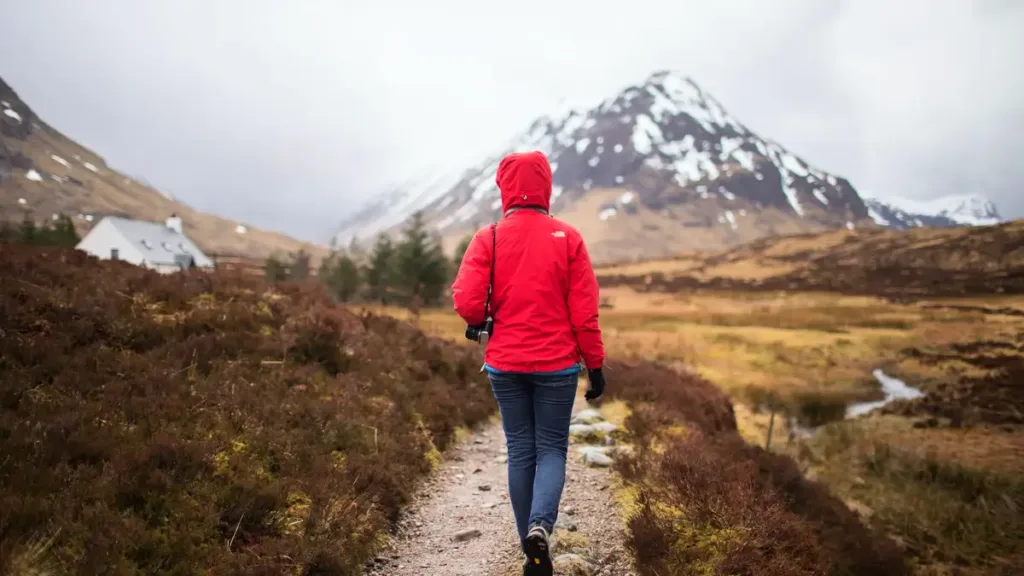
Characteristics of Walking
Walking usually happens on defined tracks and smooth surfaces—it’s your “everywhere” activity. Whether you’re strolling through a beautifully manicured park, heading out for a quick errand, or even pacing around your living room, you’re walking on relatively smooth ground with few obstacles in sight.
No fancy equipment is needed for a walk, just comfortable shoes and perhaps a daypack for essentials like water, a snack, and maybe a light jacket if the weather looks iffy.
The charm of walking is its accessibility. No matter your fitness level or age, a simple walk is usually within reach. Plus, it’s typically done in areas where you can find accommodations and other amenities close by—think benches for resting spots, cafes for a quick bite, and public restrooms—a luxury, if you ask the trekker in me!
If you live in a city or suburb, walking can easily be slotted into your daily routine. It’s less about the destination and more about moving your body and clearing your mind. You can walk outside in your neighborhood or even inside on a treadmill if the weather’s being uncooperative.
Health Benefits of Walking
Walking is like your heart’s best buddy! It helps improve heart health, manage blood pressure, and control cholesterol levels. And did I mention walking helps with weight loss? Health benefits of walking in nature are well-documented.
But there’s more: walking can sharpen your senses, trim that waistline, and serve as a perfect start to any fitness journey. You’ll even get to know your city a little better! Fun fact: research suggests that spending time walking in nature reduces stress and negative thoughts. Doesn’t that sound just refreshing? Here’s more on the benefits of walking in nature.
Statistics and Popularity
Did you know that in 2018, about 111 million people aged six and older in the United States walked for fitness? Yap streets were buzzing with walkers! Source: Statista.
During the COVID-19 pandemic, walking gained newfound popularity in the UK—like an old friend who showed up just when they were needed most. Here’s the scoop on that rise.
Walking is simple, yet powerful, accessible, and incredibly beneficial for your body and mind. When was the last time you took a truly enjoyable walk? 🌸🚶
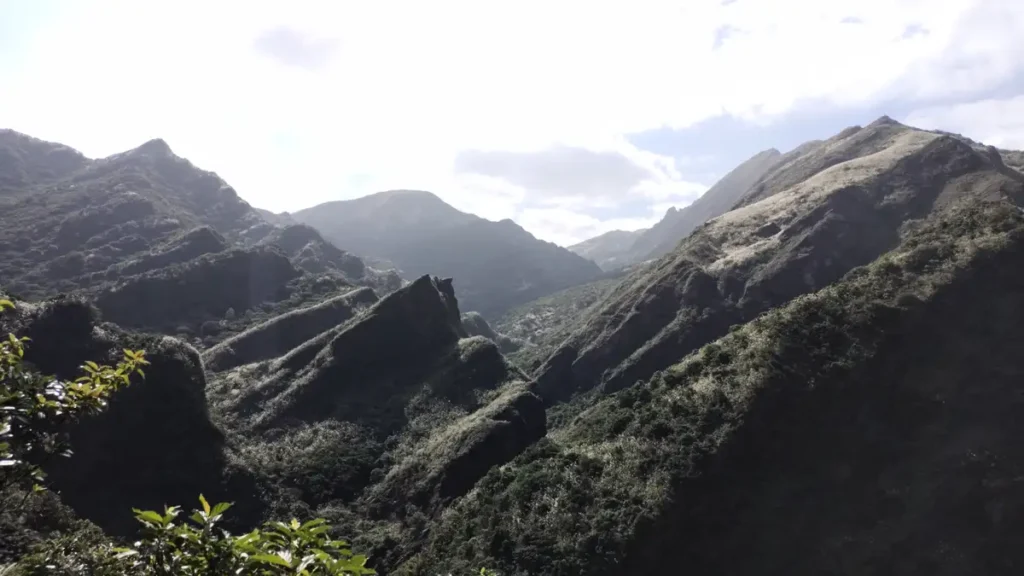
What Defines Hiking?
So, what makes hiking, well, hiking? Picture longer, more strenuous walks usually happening on paths winding through mountains, forests, or the countryside. Hiking trails are generally visible, but don’t expect them to be carefully paved or perfectly smooth. There’s beauty in those natural, uneven paths—each step reveals something new, from fallen logs to picturesque vistas.
Hiking also often involves moving from lower elevations to higher ones. Yep, you’ll find yourself clambering up hills or down into valleys. It’s a bit like a continuous up-and-down workout with the most thrilling scenic rewards. Along the way, you might cross streams, clamber over rocks, and marvel at impressive landscapes. Talk about an outdoor gym!
Equipment and Preparation
Where a walk requires minimal gear, hiking is a bit more choosy. Proper footwear is crucial here—those trails can get rocky, muddy, and steep, so good shoes will keep you balanced and stable.
And then there’s that trusty daypack! Key items include a first aid kit, a water bottle (hydration is no joke), trail food, a flashlight, a whistle, and sun protection like a hat or sunscreen. Some folks go the extra mile with things like trekking poles for rugged terrain or trail maps to stay on course.
Health Benefits
A hike isn’t just food for your soul; it’s a full-course meal for your health! Unlike walking, hiking often involves rough terrain and elevation changes, which means you burn more calories. Walking might burn around 250 calories an hour—but add a heavy pack and steep trail to hiking—and you can exceed 500 calories per hour.
But wait, there’s more: going on a hike can lower the risk of heart disease, improve blood pressure and blood sugar levels, and even boost your bone density. And, just like with going on a walk, your mood gets a natural boost when you go on a hike. Hiking in nature can also increase your energy, help you sleep better, and spark creativity. Makes you want to grab your gear and get going, right?
Statistics and Popularity
Hiking’s popularity has been soaring in recent years. In 2020, about 57.8 million Americans took to the trails—that’s a lot of adventure seekers! The trend has only been climbing, with more people realizing the benefits and joy of hiking Check out the numbers and more stats here.
What is Trekking?
Buckle up—our adventure is about to get wilder, more rugged, and oh-so-exciting! Let’s dive into the world of trekking, where multi-day escapades take you deeper into nature’s untouched beauty.
Definition and General Characteristics
Trekking is like hiking’s epic cousin. It involves multi-day walks or hikes in remote areas, where you typically need to camp out under the stars. Picture days filled with journeying through uncharted paths, with little to no established accommodations.
The terrain in trekking can be incredibly rugged, with significant changes in altitude. You may find yourself climbing high into mountain ranges, fording rivers, or simply following meandering trails off the beaten path. It’s not unusual for trekkers to find themselves days away from any trace of civilization, fully immersed in nature’s embrace.
And get ready for some roughing it: trekking often means days without showers. You haul all your essential gear, braving the elements while embracing the simple life—a true testimony to resilience and adaptability!
Equipment and Preparation
Going on a trek is much like embarking on a mini-expedition. You’re gonna need a lot more gear compared to going on a walk or a hike. The basics include:
– Sleeping Bags and Tents: Essential for those nights out under the stars.
– Cooking Equipment: Anything from lightweight stoves to cook sets—no convenient cafes in the wilderness!
– Safety and Navigation Gear: GPS, a detailed map, a compass, and perhaps a satellite phone, especially for remote treks.
– Comprehensive First Aid Kits: Include supplies to handle more serious injuries, as help may not be easily accessible.
– Clothing and Footwear: Durable, weather-appropriate gear and sturdy boots to survive varying terrains and weather conditions.
In essence, you’re packing for survival, comfort, and safety in the wild.
Terrain
Trekking territories are often untamed and may not always be clearly defined. It’s common to navigate very rugged paths that challenge your physical limits. Natural obstacles are part of the package deal—you might encounter rivers to ford, scree slopes to scramble up, and dense forests to navigate.
These paths often rise and fall dramatically, taking you to significant altitudes. Sometimes, paths may not be visible at all, and you find yourself blazing a trail.
Duration
Trekking isn’t for the time-pressed. These adventures typically last several days, requiring you to set aside a chunk of time for the experience. Unlike a day-long hike, a trek immerses you entirely in wilderness living.
Why Trekking?
Trekking adventures push you to your limits, encouraging personal growth and profound connection with nature. It’s not about reaching a single destination—it’s about the entire journey, with all its unexpected moments and lessons. You learn to rely on your skills, embrace solitude, and find joy in simple accomplishments like pitching a tent or crossing a tricky river.
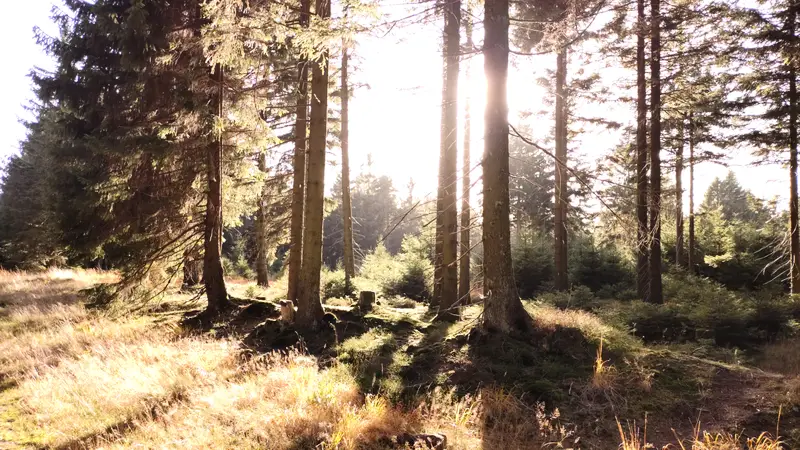
Regional Variations and Terms
In the United States:
- Walking usually refers to short, urban jaunts along city streets or within parks.
- Hiking, on the other hand, implies longer outings in nature, like trekking across trails in national parks or local forests.
In Europe:
- Walking can mean long treks, such as a 10-kilometer journey through the Alps. It’s more expansive and can easily blend into what Americans might call hiking.
- Pilgrimage Walks are also a big thing here—journeys undertaken often for spiritual or personal transformation. One famous example is the Camino de Santiago in Spain, a walk that takes you through charming old towns and beautiful countryside all the while carrying a deep sense of tradition and purpose.
In New Zealand:
In New Zealand, they use the term Tramping to describe what the rest of us might call hiking or backpacking. If you’re tramping in New Zealand, expect to be navigating through the bush, not to be picked up in a car.
In Australia:
In Australia, the same activity would be referred to as Bushwalking—the land down under’s special term for navigating through their unique landscapes.
In the United Kingdom:
- Hill Walking is the term commonly used when you’re venturing into the mountains or hills. It’s like hiking, but with an emphasis on hilly or mountainous terrain.
- Another quaint term is Rambling, widely used in the UK for taking a walk in the countryside. It often involves organized outings with clubs and groups, making it a social hobby as well.
Alternative Modes of Walking
- Nordic Walking: Evolving from ski training during the non-snowy seasons, this method uses poles that add an upper body workout to regular walking, making it a great full-body exercise. It’s become popular worldwide owing to its health benefits and simplicity.
Final Thoughts – Walk or Hike?
Both walking and hiking are superstar exercises—improving cardiovascular health, reducing stress, and boosting mental clarity.
Walk when you want ease and accessibility. Do you have a busy schedule but crave a bit of fresh air? Walking fits neatly into your daily routine. No need for extensive planning or gear—just put on comfortable shoes, and you’re set.
Hiking comes in when you’re yearning for an escape and a bit of a workout with a view. You’ll need to prepare more in terms of gear, like proper footwear and a well-stocked daypack, and a bit of planning helps. But hiking rewards you with those majestic landscapes and the rush of tracking your progress on those tough trails.
Ultimately, it boils down to personal enjoyment. Listen to what excites you and feels good for your body and mind. In the end, the goal is to get moving, explore the world at your feet, and relish the sense of adventure that these activities bring. So go ahead, lace up those shoes, take a deep breath, and get ready to enjoy the journey—whichever path you choose!
